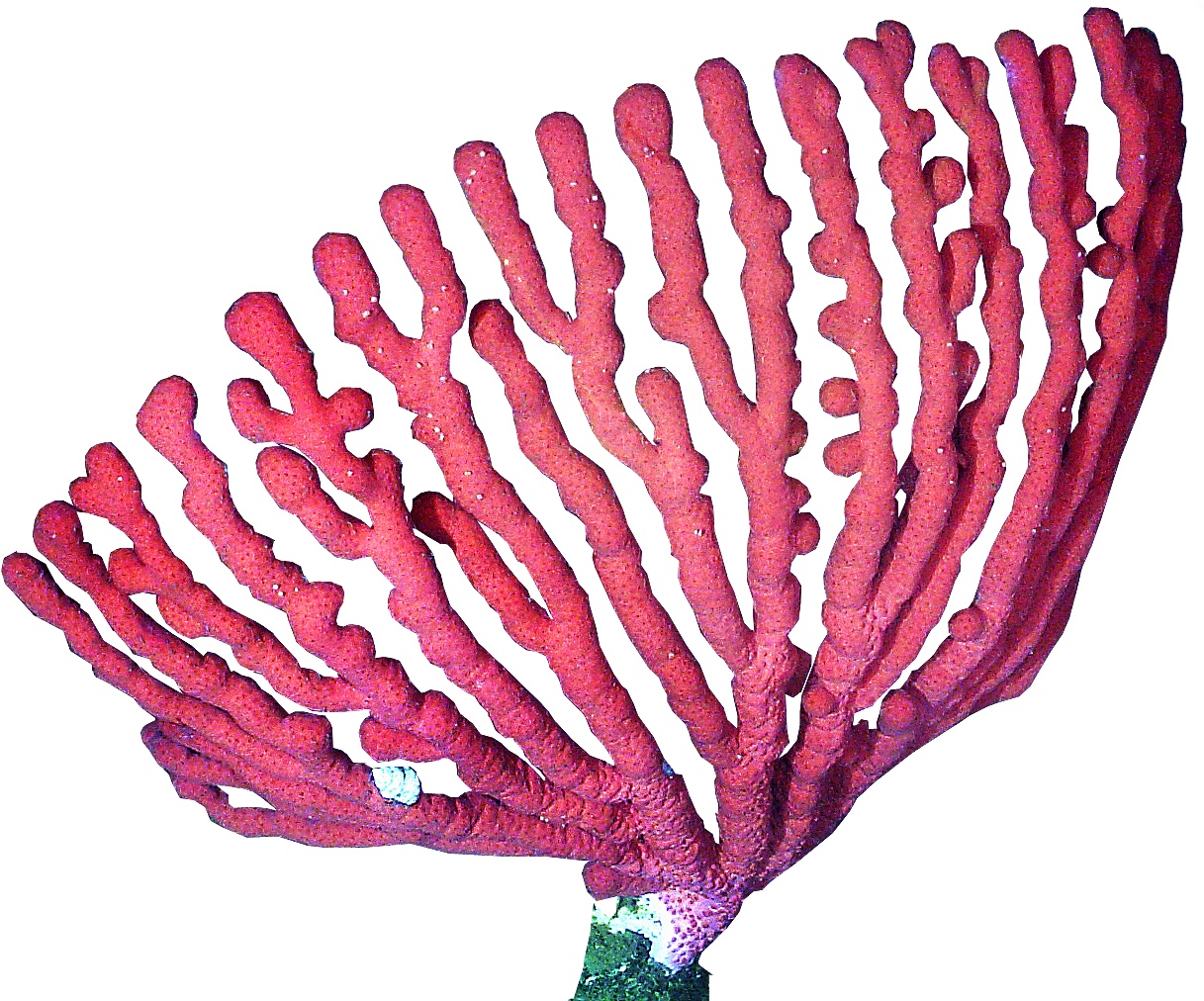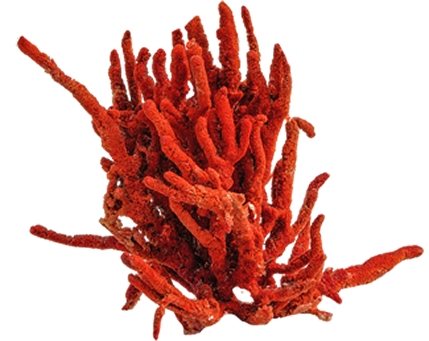Where life begins, and light still touches the surface.
EPIPELAGIC ZONE
This surface layer is also called the sunlight zone and extends from the surface to 200 meters (660 feet). It is in this zone that most of the visible light exists. With that sunlight comes heat from sun, which is responsible for wide variations in temperature across this zone, both with the seasons and latitudes – sea surface temperatures range from as high as 97°F (36°C) in the Persian Gulf to 28°F (-2°C) near the North Pole.
Wind keeps this layer mixed and thus allows the sun's heat to be distributed vertically. The base of this mixing layer is the beginning of the transition layer called the thermocline.
🐟 NOAA.gov
I’m fine, really. School is behind me, I have a job, the kind people say I should be grateful for. Friends and family care about me. I have options, a car that runs, some money to spend without guilt. And my city hums with life around me, bright and loud. Everything seems good. Everything is fine. But sometimes when I'm alone, I can hear my own tears.









